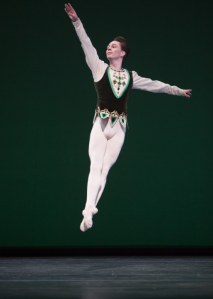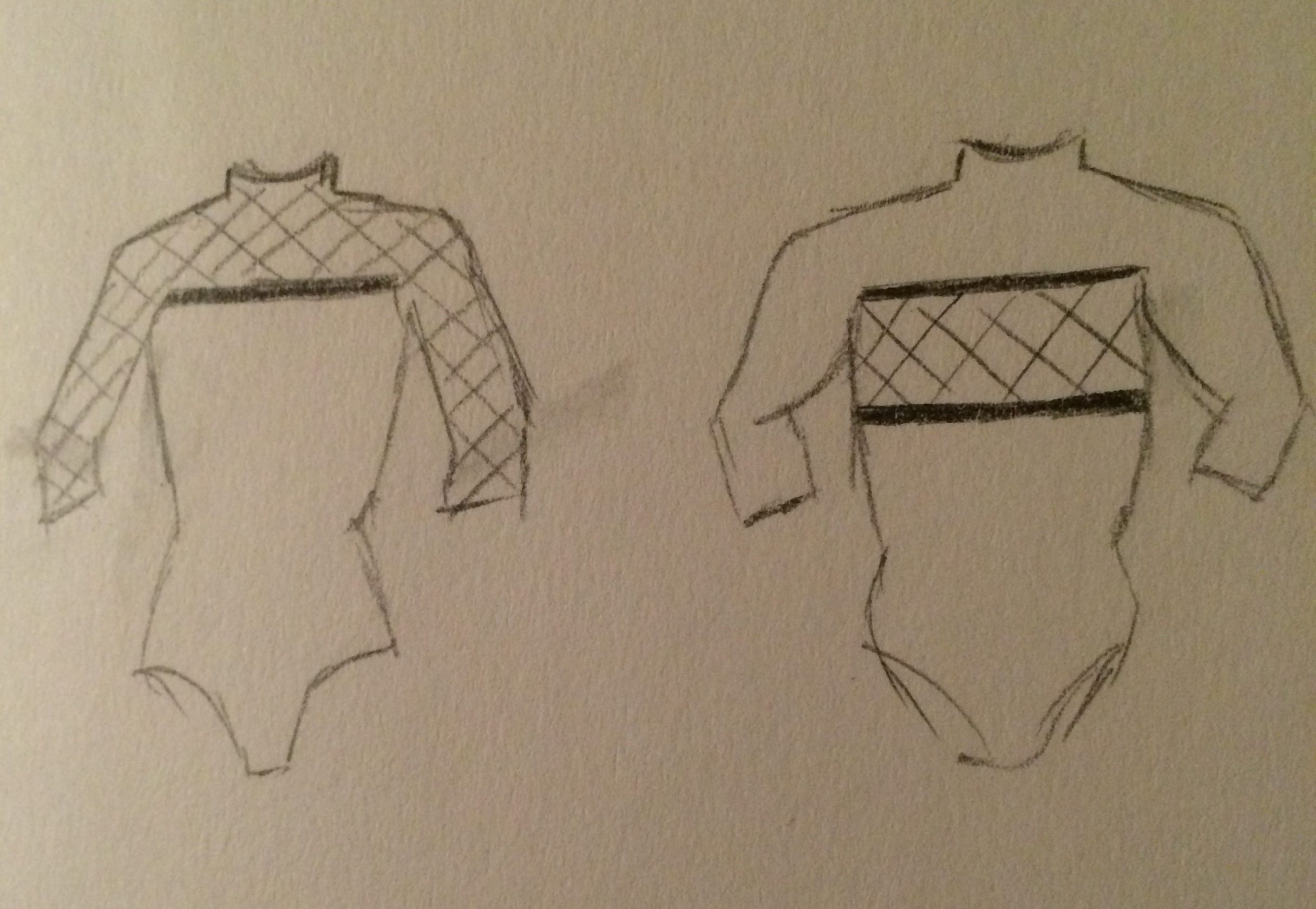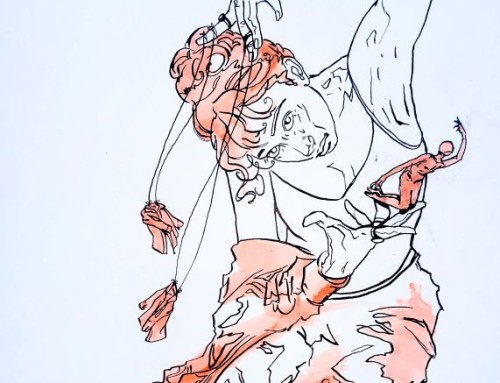
Kyle Davis is from Green Bay, Wisconsin. He trained at Makaroff School of Ballet and on scholarship at Rock School for Dance Education and North Carolina School of the Arts, and attended summer courses on scholarship at Milwaukee Ballet School, the School of American Ballet, and Pacific Northwest Ballet School. He also studied with Ethan Stiefel and Warren Conover. In 2008, Mr. Davis won the Prix de Lausanne competition in Lausanne, Switzerland. He also won various awards in the Youth American Grand Prix Regional and Finals in 2005 and 2006. He was a 2007–2008 recipient of the Elizabeth Harriet Weaver Memorial Scholarship and the Martha and Spencer Love Foundation Scholarship for Excellence in the Arts at the North Carolina School of the Arts. Mr. Davis joined Pacific Northwest Ballet as an apprentice in 2008 and was promoted to corps de ballet in 2009 and soloist in 2016.
Kyle is creating his fourth work for PNB’s NEXT STEP, a one-night-only performance for PNBS Professional Division students in an all-premiere line up created by PNB Company members. One of the most fun performances all season long, NEXT STEP is your chance to cheer the next generation of dancers and dance-makers.
Why is there a need to create new work for dance?
To me this question is like asking why do you go to the grocery store. From time to time you realize your pantry has a few items past their expiration date. Your fridge has produce that’s gone bad. And sometimes food just goes stale. Dance to me is very similar. The audience deserves a fresh cooked meal.
What is your experience choreographing on the Professional Division students?
My experience choreographing on the Professional Division includes three previous years of NEXT STEP, and the Annual School Performance. I start choreographing for Next Step in 2012, when I created my Sylvia Pas de Deux for currant PNB corps de ballet dancer, Christian Poppe, and former corps de ballet dancer, Jahna Frantziskonis (now with San Francisco Ballet). The following year I choreographed a scene from the first act of Sylvia for eleven women, and the next year Peter Boal asked me to present the entire third act of Sylvia for the school performance, this time with PNB dancer Dylan Wald dancing the pas de deux originally choreographed on Christian. Last year I choreographed a long titled duet (A Hundred Ways to Paint the Portion of a Plane Bounded by Such a Curve, Part II) focused on Angeli Mamon, who is also now a company member with PNB.
What music have you chosen?
This year I am using Sergei Rachmaninoff’s Rhapsody on a Theme of Paganini. I chose the music because I wanted something recognizable to a degree, but not so overplayed the audience would hate to hear it again. Some in the audience may recognize the 18th variation from Groundhog Day.
What are your ideas for costumes?
The leotards for my men and women are being designed and created by Elizabeth Murphy. The women will be wearing white practice tutus, which the costume shop already has and Pauline Smith is constructing new white tights for the men.
My original idea for the costumes is below on the left (my drawing skills aren’t the best). I gave my drawing to Liz, who evolved my idea into something greater (Liz’s sketches below right.)
All the costumes are predominately white, but each ranking (Principals – dark red, Soloists – teal, Corps – gold) has a different color mesh on the top of the costume.



How many dancers are in your piece? Why did you choose this amount?
16. Originally, there were only 15, but due to injuries and extenuating circumstances, I had to make changes to the casting. I ended up combining parts of what was initially two different roles into one, and then added two new people to fill out the rest where one person wouldn’t be enough.
Is there a past/current choreographer that you admire?
William Forsythe. Alexei Ratmansky. Crystal Pite. Martha Graham. Marius Petipa. Fredrick Ashton. George Balanchine. Kenneth MacMillan.
How is NEXT STEP a unique program for PNB?
Next Step is an incredible combination of creativity and education. For both the fresh choreographer and the young dancers, NEXT STEP is a learning process. The dancers learn a new degree of professionalism, and are always pushed beyond the limits they’ve set for themselves. The choreographer learns how to manage time and rehearsal usage (not an easy task), as well as patience. As a professional, there are many things we take for granted when working on new works or setting older ones. Most professional dancers have become accustom to picking up choreography quickly, and adapting as the process unfolds – often times relying on intuition and past experiences to smooth out problems in their dancing. A pre-professional student rarely has the same sense of deduction found in a professional. Therefore, the choreographer must learn how to teach the students and explain themselves clearly. This makes for a slower process, but in my opinion, the end reward is worth it.
Do you see choreography as a future career?
I would feel immensely privileged to choreograph as a profession. It is something I aspire to do.

Read more Q & A’s with Dancers, Choreographers & Staff
Featured photo: Kyle Davis in Kiyon Gaines’ Sum Stravinsky. (c) Angela Sterling.





